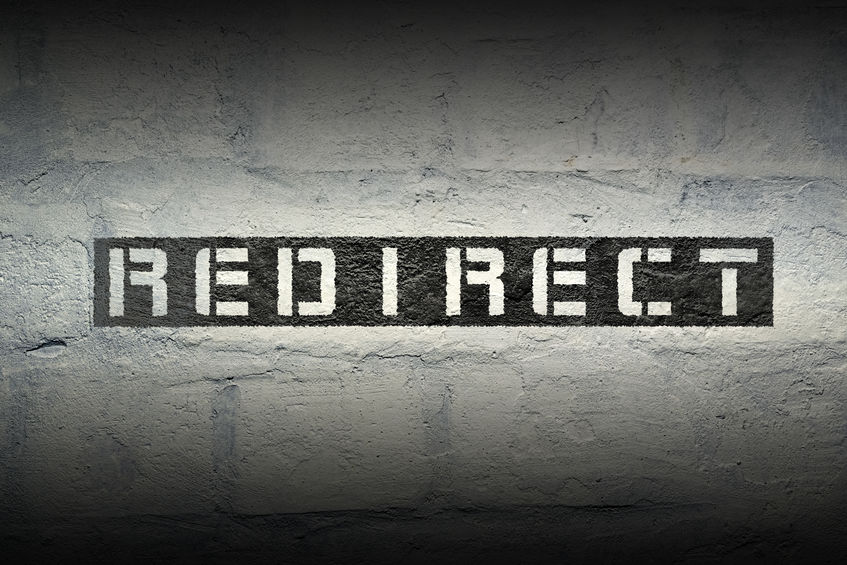All sites experience changes over time. Some pages disappear, others get united in one. There are products or services that, over time, became outdated or absolute. There will be a lot of new things and different movements. In all of those actions, you need to guide the searching engines to understand the changes correctly and adequately index them.
The visitors also need guidance. Here comes the 301 and 302 redirects. But when to use which?
What is 301 redirect? Permanent redirect.
The 301 redirect is a permanent URL redirect that points the traffic going to one URL (website’s page) to a new URL (the place where you want the traffic to go) for the future. The visitors to the original URL will get automatically redirected to the new page, and the URL in their browser will change.
How to create a Web redirect with SSL?
Continue reading “Redirect 301 vs 302 – which one to choose?”

